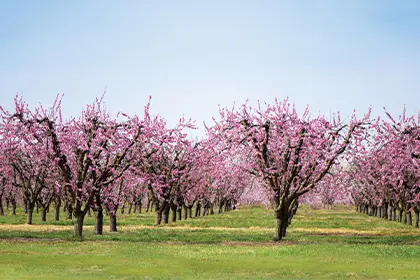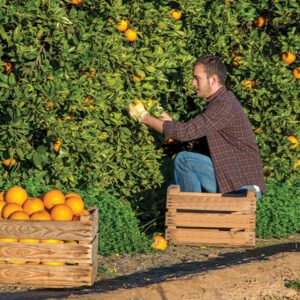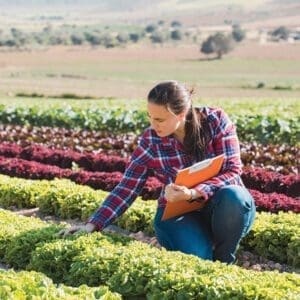
Any grower can cut costs and increase ROI sustainably
Diverse landscapes that support a variety of crops pave the way for numerous opportunities to cut costs and increase return on investment.
In fact, regardless of crop produced, recommendations for individual growers can be tailored to drive product use efficiency with an eye on sustainability. The key is to do what is best for the farm based on what the data shows.

“For example, California represents the most diverse ag production area in the country, with row crops and vegetables, cherries, citrus and tree nuts,” confirmed Juan Rosales, Wilbur-Ellis Agribusiness South San Joaquin Valley sales manager. “And all of these producers share the same desire to reduce costs and increase profitability.”
Rosales defines sustainability as regenerative farming.
“Anything in the best interest of the grower and the best interest of the crop is regenerative farming,” he said. “Growers must be the best they can be when it comes to choosing practices and processes that are efficient, safe and economical, and they must be based on good record keeping.”
For example, Rosales said a grower seeking to use fewer inputs, synthetic or natural, might consider also planting cover crops to sequester carbon, improve soil health and build up diverse microbes in the soil. Wilbur-Ellis recommends such efforts be paired with practical use of technology, recognizing that each technology or input is just one piece of the puzzle.
“Growers should work with someone that can help them combine all these pieces and demonstrate the value of connecting scouting with high-res imagery and record keeping. Compared to taking a blanket treatment approach, this method helps growers pinpoint where they can save money and reduce inputs,” he said. “Many growers don’t have the resources for this now, but our field consultants have the agronomic and technical knowledge to help.”

By directing growers to use fewer inputs with a more targeted approach, Rosales said the budget savings become clear. In one recent case, aerial imagery combined with five-acre grid sampling and trace genomics data identified which microbes were present to cause disease. They were able to quantify disease severity and ultimately only treat 50 of 300 acres.
“That is a much more efficient way to make production decisions, lower costs and increase return on investment,” he said. “Water and labor costs are fixed costs. Inputs are the variable costs. So, we owe growers the advice they need to boost yields and get the most bang for their buck.”
Long-term, Rosales says Wilbur-Ellis field consultants can fine-tune advice as data are regularly collected.
“Record keeping is a strategy that not only gathers but uses data. We are not here to just sell products, but to partner with growers to make the most sustainable decisions,” he said.

